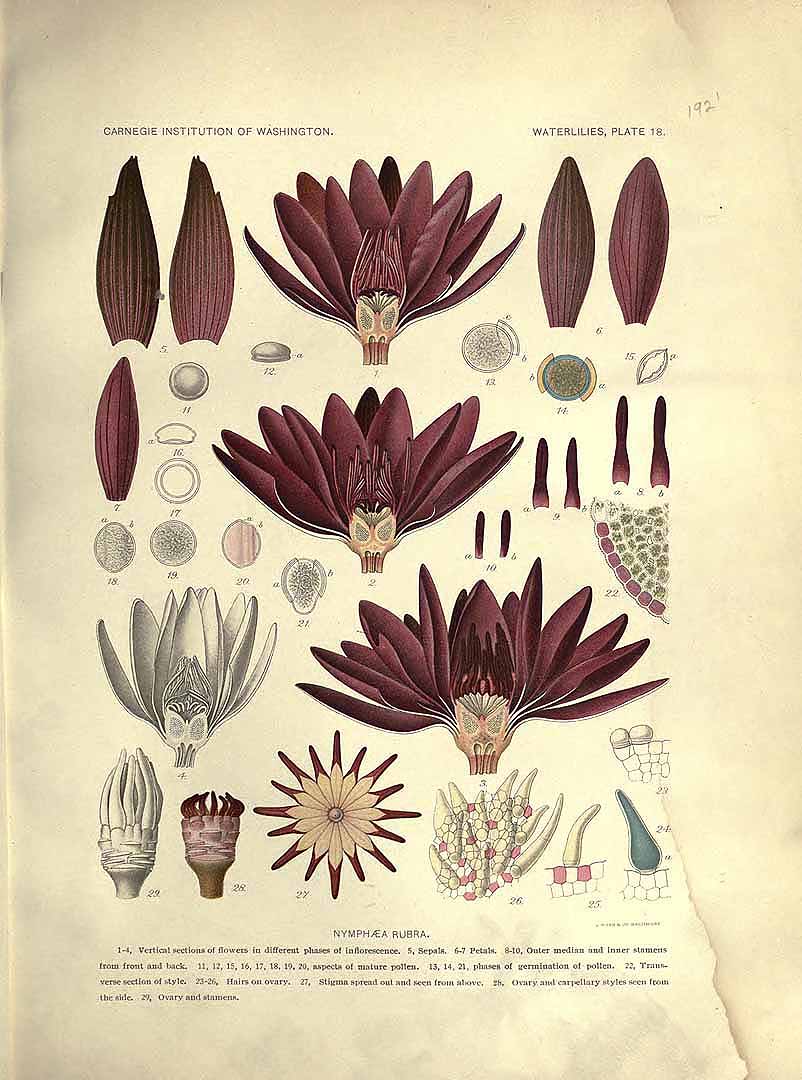! Nouveau site ici !
Vita > Plantae > Magnoliophyta > Magnoliopsida > Nymphaeales > Nymphaeaceae > Nymphaea
![Illustration Nymphaea rubra, Par Bois, D., Atlas des plantes de jardins et d?appartements (1891-1896) Atl. Pl. Jard. vol. 1 (1891-1893) [tt. 1-160] t. 17, via plantillustrations Illustration Nymphaea rubra, Par Bois, D., Atlas des plantes de jardins et d?appartements (1891-1896) Atl. Pl. Jard. vol. 1 (1891-1893) [tt. 1-160] t. 17, via plantillustrations](../inc/images/illustrations/nymphaea_rubra.jpg )
![Illustration Nymphaea rubra, Par Bois, D., Atlas des plantes de jardins et d?appartements (1891-1896) Atl. Pl. Jard. vol. 1 (1891-1893) [tt. 1-160] t. 17, via plantillustrations Illustration Nymphaea rubra, Par Bois, D., Atlas des plantes de jardins et d?appartements (1891-1896) Atl. Pl. Jard. vol. 1 (1891-1893) [tt. 1-160] t. 17, via plantillustrations - Fermer](../inc/images/illustrations/nymphaea_rubra.jpg ) suivante
suivante




| Taux d'humidité | Énergie (kj) | Énergie (kcal) | Protéines (g) |
| / | / | / | / |
| Pro- vitamines A (µg) |
Vitamines C (mg) | Fer (mg) | Zinc (mg) |
| / | / | / | / |

